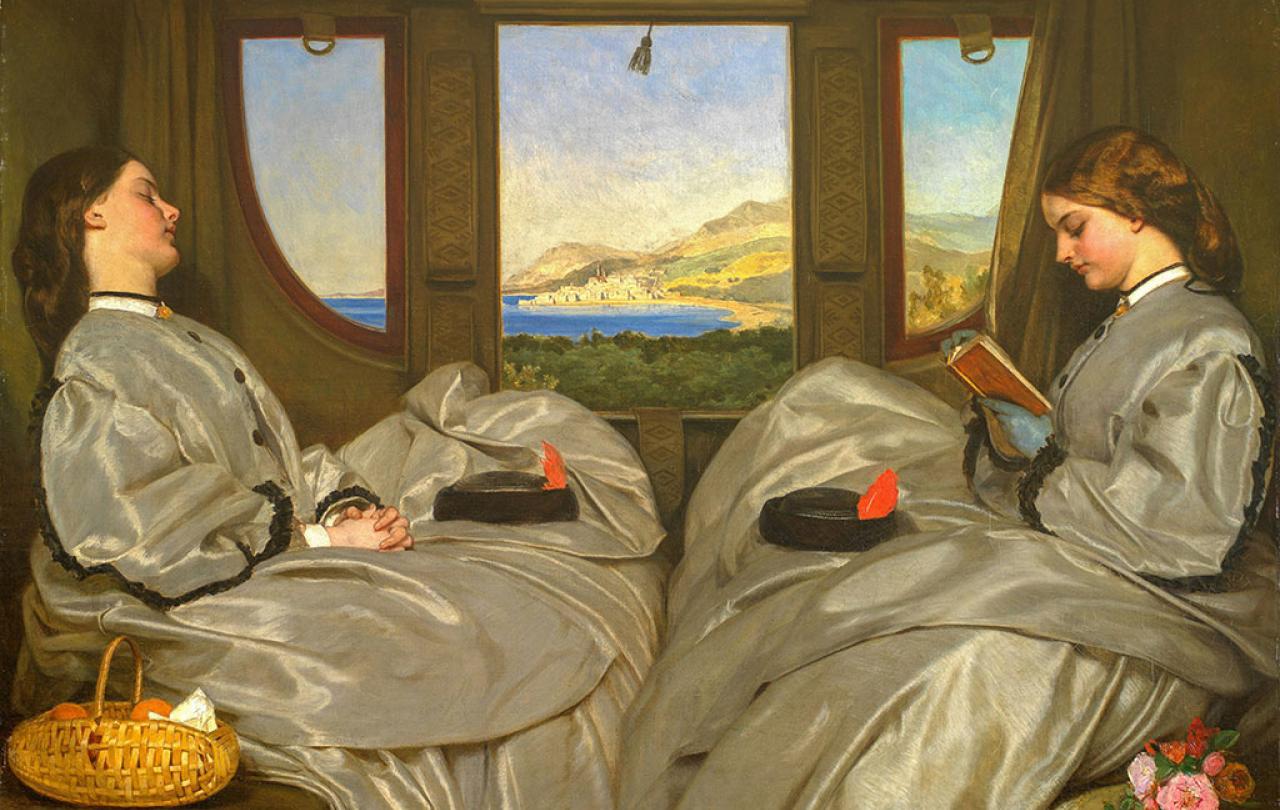Modern era China has suffered human loss on an unimaginable scale. The Taiping Rebellion in the mid-nineteenth century cost over 20 million lives, more or less the global total from the Great War of 1914-18. The vicious Japanese occupation in the 1930s led to 15 million Chinese deaths. The famine begun in 1958, precipitated by the Great Leap Forward, caused around 40 million deaths.
For one nation, however large, these are appalling losses. By contrast, the fatalities in the Cultural Revolution (1966-1976) amounted to one million or more. But the impact of this communist insurgency within a communist state is profoundly felt today, for its generation is still alive. The trauma of those years has wounded the bodies and minds of millions; people who are unsure how to come to terms with it because of the uncertainty of what can be safely talked about.
Mao’s incitement to younger people to turn on their teachers and elders in vitriolic criticism and violent attack, including torture and murder, was an attempt to re-boot the revolution by exterminating elements of western capitalism and traditional Chinese authority – the so-called Four Olds of ideas, culture, customs and habits. The humiliation of teachers and parents was profoundly at odds with the Confucian culture of respect for elders, and it was embedded in young minds whose frontal lobes had not fully developed and where empathy was unformed. The ensuing violence, pain and hardship was sickening, encompassing millions.
Many of the bereaved and injured, the perpetrators and the victims, are still alive. Some bury their memories as a way of coping; others search for meaning, but run up against an authoritarian government with new digital tools that make totalitarianism possible. In her book Red Memory (Faber and Faber, 2024), Tania Branigan has produced a masterpiece of literature. Interviewing survivors, bystanders and instigators of the violence, she has produced a history of their guilt and trauma, while reflecting on the uses of memory.


